Is the tap water safe to drink in Korea?
Last Updated on August 24, 2024
The simple answer is yes, the water is potable. Tap water in Korea is safe to drink. But, if you fill up a glass of water from the sink and start to sip it in front of most Koreans, you might get some weird looks. So, what gives?
While the tap water in Seoul goes through more quality tests than most developed cities, citizens of Korea still opt for bottled or filtered water in their homes and outside.
Let’s break down what is happening and then you can decide for yourself if you want to drink the tap water in Korea or not.

The primary water source in Seoul is the Han River and there are six treatment plants that the water is filtered through. There are scientists who continually monitor the water quality for 170 variables as recommended by the World Health Organization (WHO) as well. The water infrastructure is very reliable and well maintained and the purification processes are kept up to date.
Learn more about tap water in Korea:
- How to say ‘water’ in Korean
- Why don’t people drink tap water in Korea?
- Is tap water in Korea healthy?
- Is water in hotels and guest houses safe to drink in Korea?
- Why do people drink bottled water in Korea?
- What is the most popular bottled water in Korea?
- Carry a refillable bottle wherever you go
How to say ‘water’ in Korean
Water in Korean is 물 (mul).
To ask for water, you can say 물 주세요 (mul juseyo).
Why don’t people drink tap water in Korea?
In the past, people considered tap water unsafe due to old piping but the government has been replacing old pipes continually since 2017 to improve the water quality. In fact, replacing old water pipes in Seoul has been a top priority.
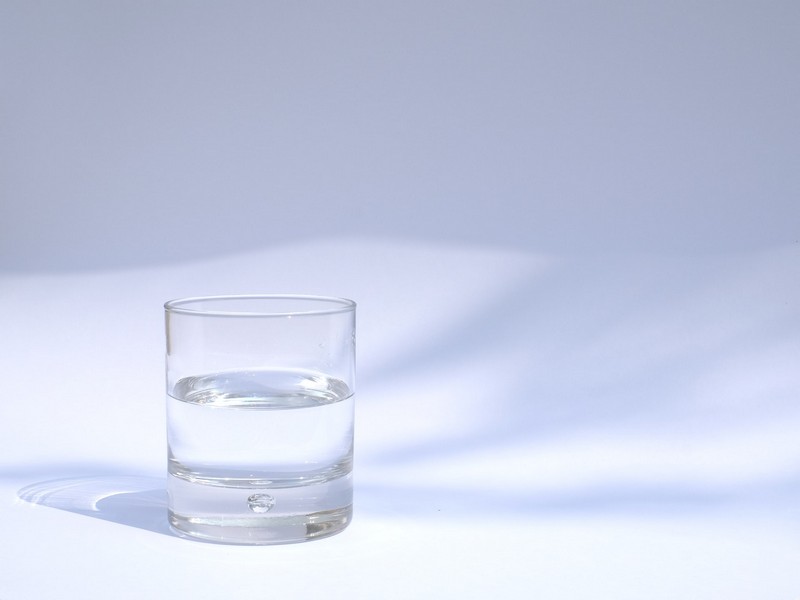
From 2017 until 2024, the government planned to conduct maintenance and replace 13,336 kilometers of water pipes across the country. Additionally, they planned to install a smart water pipe control system for the 161 cities and counties in Korea before the end of 2022 so that local governments could monitor their tap water quality in real time.
Though the government has continued to push tap water safety, most people don’t drink it. A survey done by the Environment Ministry in 2021 showed that just 36% drink water from the tap and even some of those still boiled it first. This is changing slowly but surely as the Korean government convinces people with the numbers and statistics on water safety though.
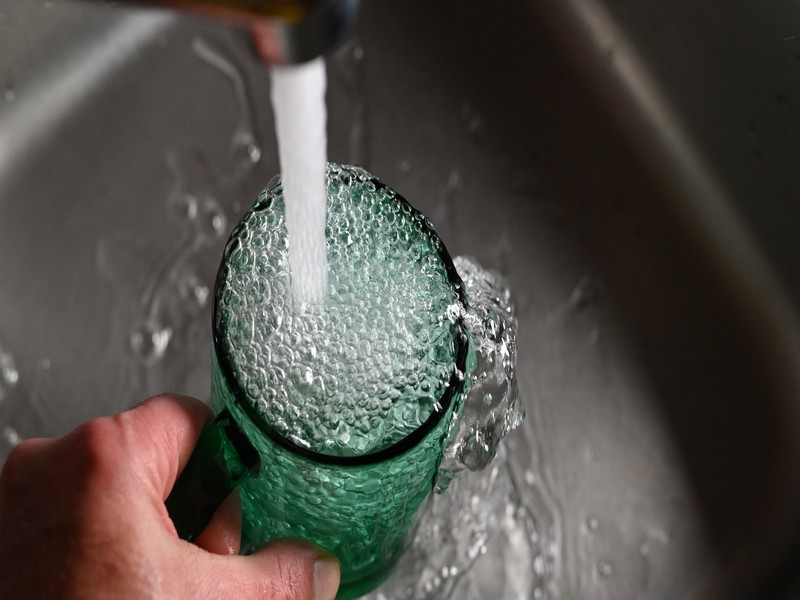
But it’s changing…
While this is the case, you’ll often find students in Korean schools drinking from water fountains and kids use public fountains in parks so perhaps for them, it’ll be much more normal to drink from taps.
The Environment Ministry is actively pushing policies that are in line with the drive for carbon neutrality which is why they’re pushing to make tap water resources better and better as data has shown that bottled water and water purifiers produce 700 times and over 1500 times the amount of carbon dioxide compared to tap water.
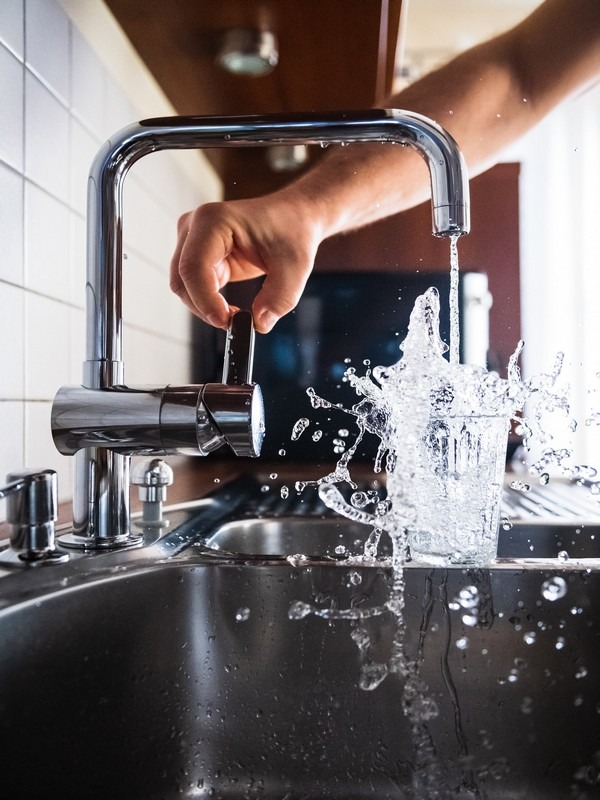
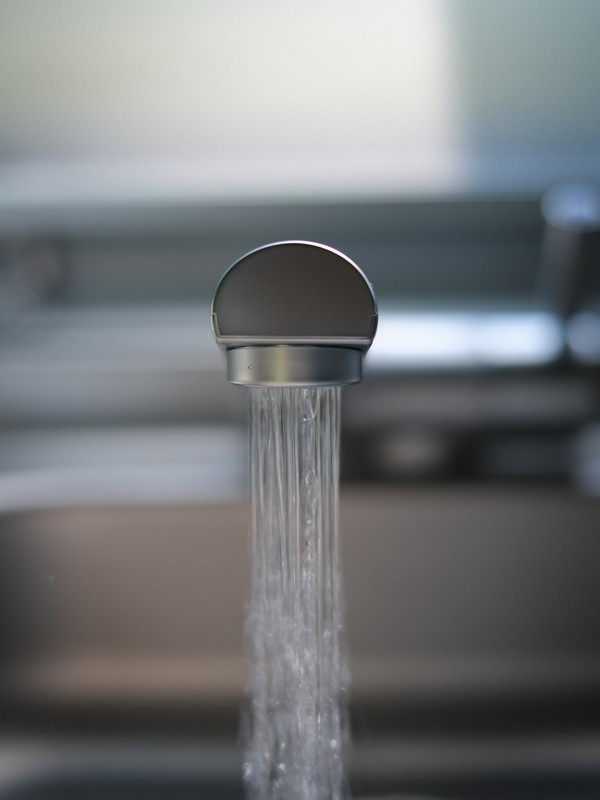
Is tap water in Korea healthy?
You might be surprised to hear that Korea’s tap water is considered healthier than purified water. A 2013 report by the National Institute of Environmental Research showed that the risk of bacterial growth was lowest in tap water whereas water that had gone through home purifiers or was left in opened bottles carried bacteria.
On top of that, tap water had as much mineral content as bottled spring water whereas purified water had almost zero mineral content.
Is water in hotels and guest houses safe to drink in Korea?
If you’re a tourist in Korea or staying in an older home, it’s recommended to turn on the tap for 30 seconds before use to flush out any water that was sitting in the pipes. Though the government has been replacing old pipes throughout the country, replacing pipes in homes and older apartments is at the discretion of the owners.
The government has offered financial assistance for home owners with homes built before 1994 and by 2017, 61% of some almost 350,000 targeted homes had upgraded their pipes.
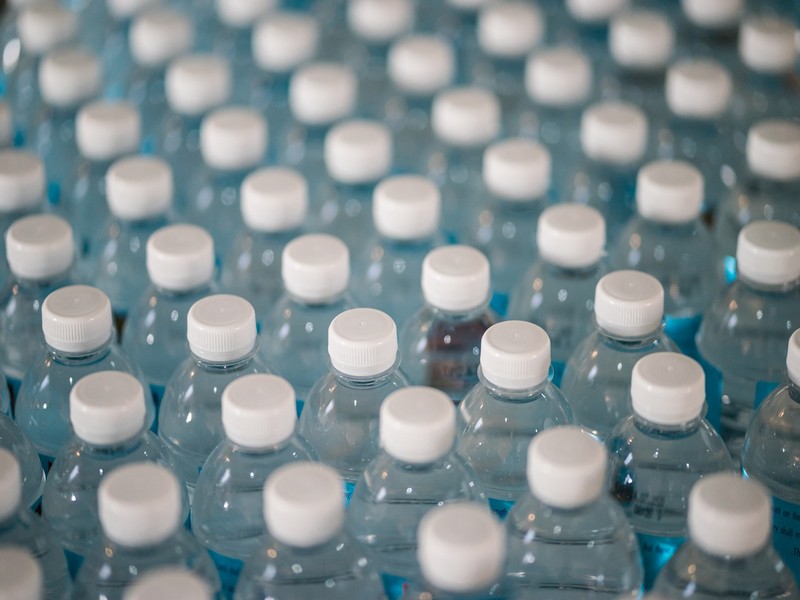
Why do people drink bottled water in Korea?
In the same survey done by the Environment Ministry mentioned above, 49.5% of people said they use water purifiers to filter their tap water and 32.9% bought bottled water. Due to various things in the past with local water and pipe issues, it’s generally accepted that bottled water is the way to go.
Public campaigns are continually promoting drinking tap water, but by and large, the majority of people are still opting for bottled water and the bottled water industry in Korea is huge, selling water in bulk packs. There are more than 20 different brands of water and cost anywhere between W500 to W2000 per bottle.
What is the most popular bottled water in Korea?
There are around 60 bottled water manufacturers in Korea and more than 200 water brands. One thing I’ve learned in Korea is that if a lot of people are eating somewhere, you eat there too. If you like to follow that rule, then here are the top two bottled water brands in Korea.
Jeju Samdasoo (제주 삼다수): The most popular bottled water in Korea, it was created by the Jeju Island Development Corporation and Kwangdong Pharmaceutical Co., Ltd. It has been ranked the number one bottled water in Korea for 20 years and took that spot as soon as it was launched thanks to being the only volcanic bedrock water in South Korea.
Lotte Chilsung Isis 8.0 (롯데칠성 아이시스 8.0): Created and promoted with the idea that alkaline water is good for the body, the 8.0 refers to the pH concentration with weak alkali in the water.
Carry a refillable bottle wherever you go
Carry around a reusable bottle and you’ll notice that there are actually a ton of places to refill your water bottle. Most public buildings, tourist attractions, and just buildings in general have water dispensers. Be on the lookout and you’ll be sure to spot them. Feel free to fill up.
Korea is really trying to promote using less and creating less trash and I’m all for it. A common giveaway item in Korea at events, festivals, and for promotional purposes are water bottles actually. Go out prepared…
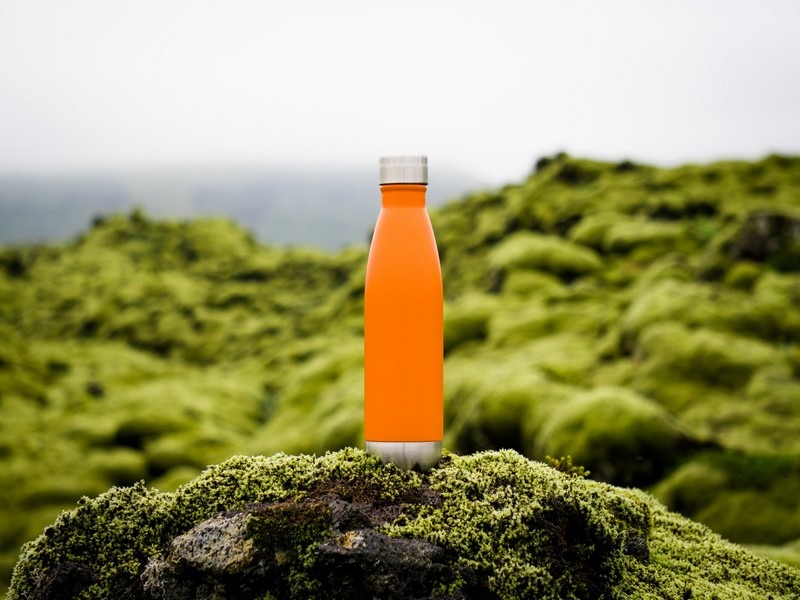
A list of the best travel water bottles
Most people struggle to get enough water every day. Did you know you should get 15.5 cups of water per day if you’re a man and 11.5 cups of water per day if you’re a woman?
Water Purifier Bottles
This option is a bit much for Korea unless you’re planning to go camping and want to drink water outside. If you’re still not quite sure about the water in Korea, carry around a water purifier bottle which comes with a filter that you can replace.
Grayl Geopress Water Purifier: This will have your water crystal clear. The Grayl is designed to filter out protozoa, chemicals, particulates, heavy metals, bacteria, and viruses. It’s easy to clean and comfortable to carry.
Astrea One Filtered Water Bottle: Filters out heavy metals, chemicals and the things you don’t want to ingest, the water will be clear and delicious when you’re using this bottle.
Brita Premium Filtering Water Bottle: Brita is well known for their faucet and pitcher filters, did you know they make filtered water bottles too? Sturdy and trusted.
Stainless Steel Water Bottles
Lightweight, indestructible, and healthy, these are a great option if you’re traveling and want to have your water with you.
YETI Rambler: YETI is great if you’ll be on the go a lot, hiking, camping, and just generally on the move. They’re dishwasher safe, BPA-free, and will keep drinks cold for up to 12 hours.
Takeya Originals Insulated Water Bottle: Easy to drink from and great for on the go. Great for the summer too because it’ll keep you cold drinks cold for up to 24 hours. It’s powder coated for durability and BPA-free.
Hydro Flask Wide Mouth: Slim enough to fit into a cup holder, this slim water bottle is great for road trips, days at the beach, hiking, and all of the adventures you’ll have in Korea. It’s BPA-free too.
Collapsible Water Bottles
I got a collapsible cup for the first time a few years ago for camping and thought it was the coolest thing around. If you’re trying to save space, a collapsible water bottle is a good option. Though they’re made out of plastic, they are lightweight and easy to pack.
Nomander Collapsible Water Bottle: You won’t find a better collapsible water bottle It’s very durable, BPA-free and made from silicone.
Nefeeko Collapsible Water Bottle: Lightweight and leak proof, this water bottle is durable and flexible made from silicone and BPA-free.
Did you like this post? Pin iT!
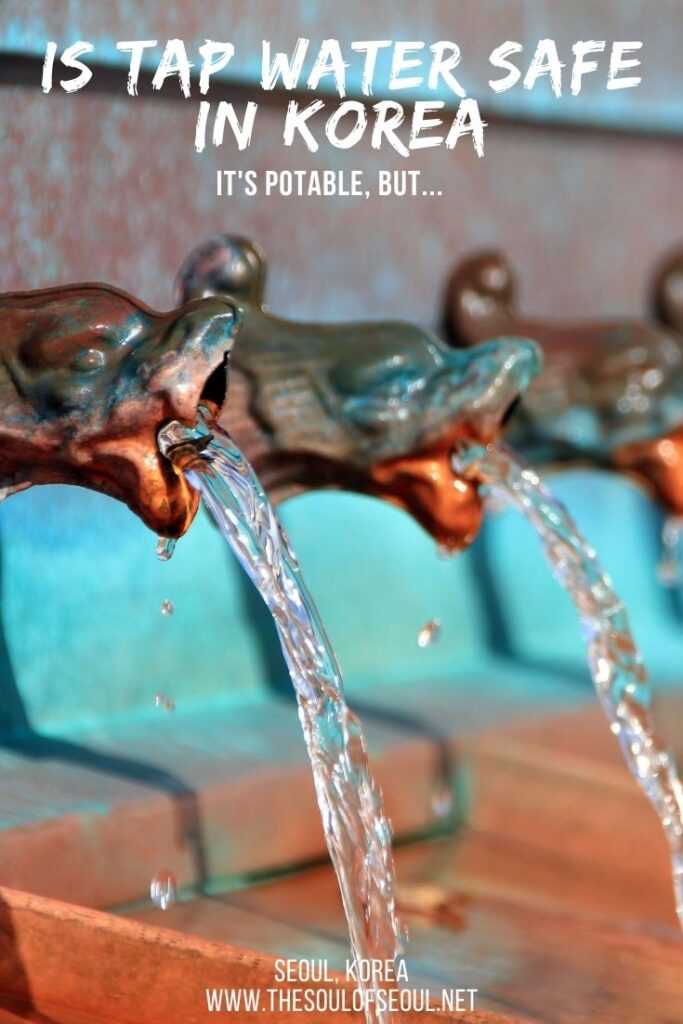
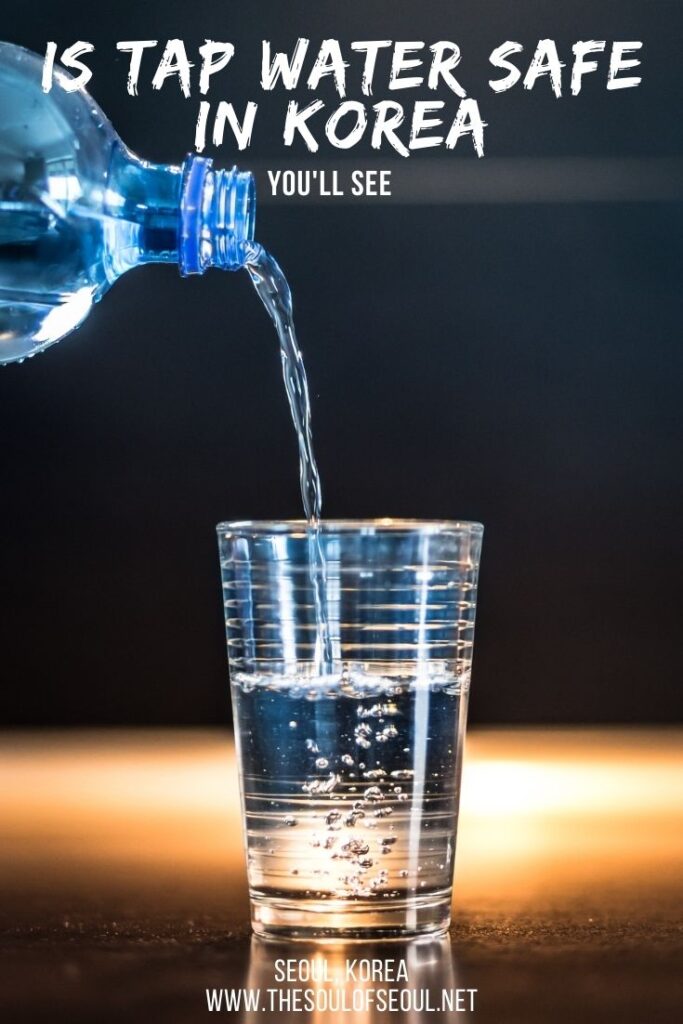
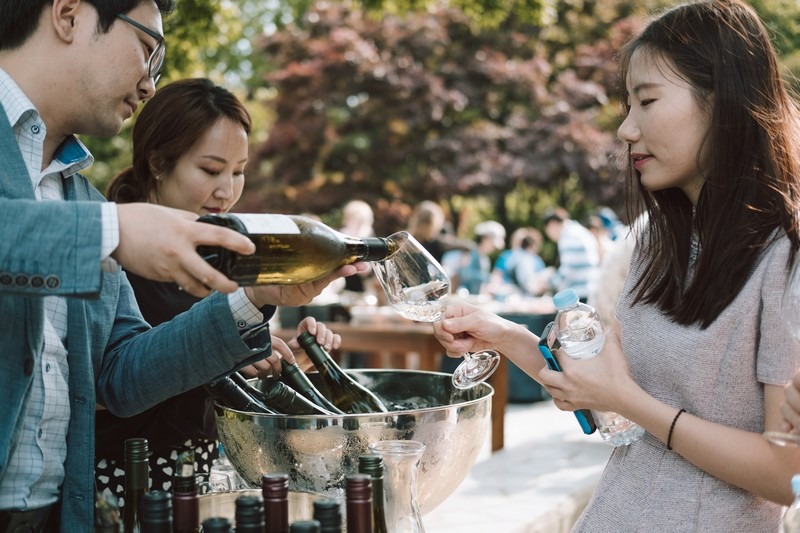

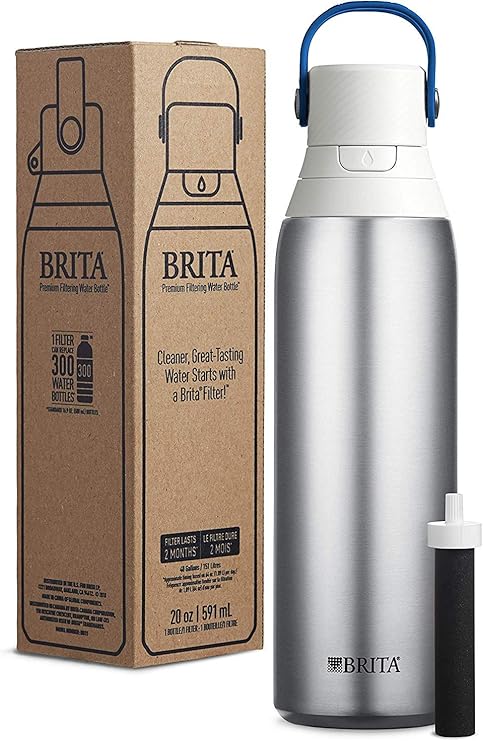
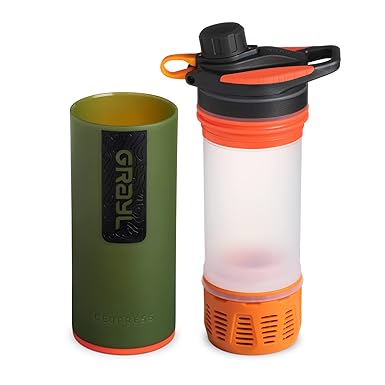
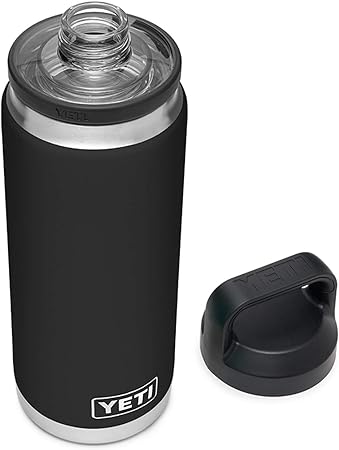


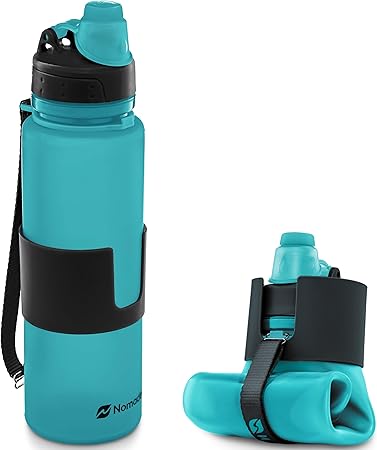
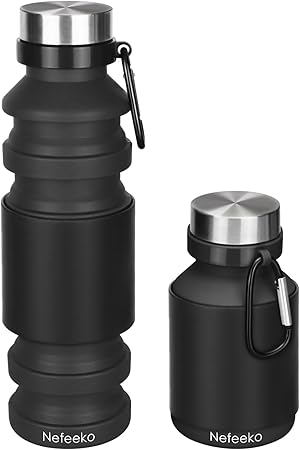
One Comment
Cindy
Thank you! I planned to take my Brita bottle with me to Korea and was concerned if the water was safe. I am happy to see that it is!